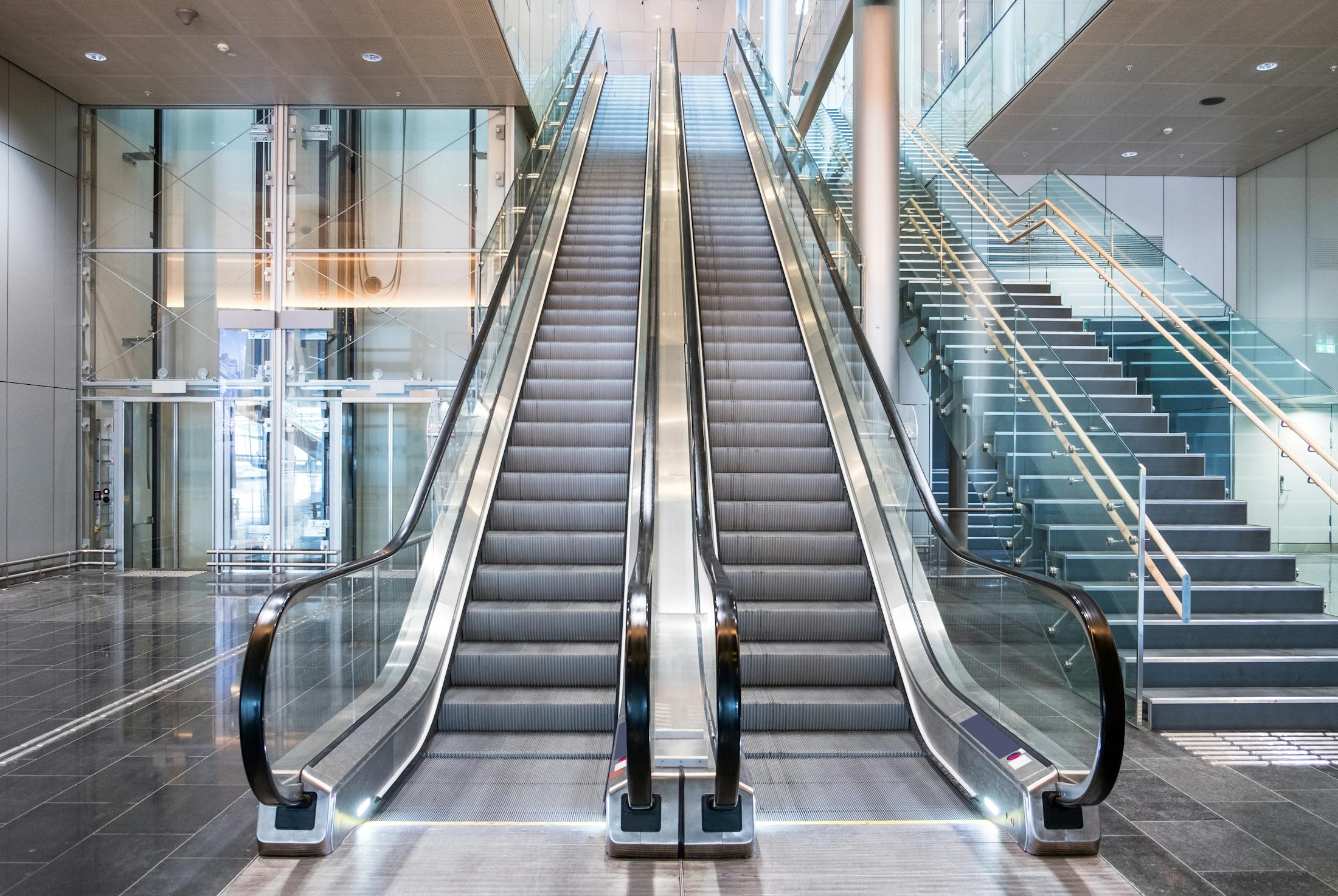Main Locations Escalator Accidents Usually Happen
There are several main locations where these incidents tend to occur more frequently:
Shopping malls
Escalators in shopping malls experience heavy foot traffic, particularly during peak shopping seasons. The combination of crowded conditions, people carrying shopping bags, and distractions can increase the risk of accidents.
Train stations and subway stations
Escalators are commonly found in train stations and subway stations, where commuters rely on them for convenient vertical transportation. These locations often have high passenger volumes, rush hours, and people rushing to catch trains, which can lead to accidents if proper safety precautions are not observed.
Airports
Airports are busy transportation hubs with escalators serving travelers going to and from terminals, concourses, and other airport facilities. Luggage, trolleys, and the general hustle and bustle of airport operations can contribute to escalator accidents.
Office buildings
Escalators are frequently used in office buildings to facilitate vertical movement between floors. High-rise buildings with multiple tenants and a constant flow of employees, visitors, and delivery personnel increase the likelihood of accidents if safety guidelines are not followed.
Department stores
Similar to shopping malls, department stores often have escalators to transport shoppers between floors. Heavy foot traffic, distractions, and carrying shopping bags or pushing carts can pose risks if individuals are not cautious.
Public transportation hubs
Bus terminals, ferry terminals, and other public transportation hubs may have escalators for passenger convenience. These locations can be crowded, especially during peak hours, and accidents may occur due to rushing, improper use, or malfunctioning equipment.
Amusement parks and entertainment venues
Escalators are sometimes installed in amusement parks, theaters, stadiums, and other entertainment venues to handle large crowds. Excited or distracted individuals, long queues, or inadequate supervision can contribute to accidents in these settings.




